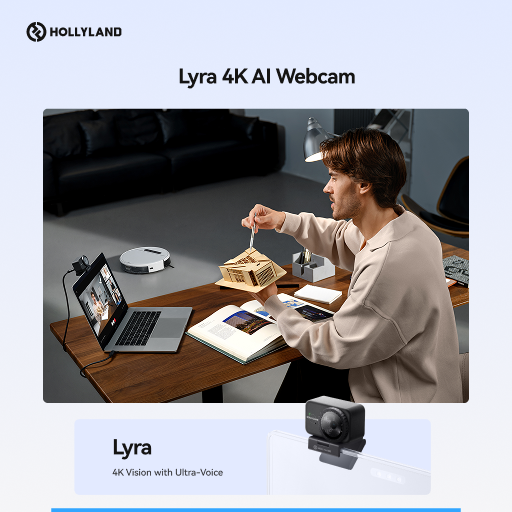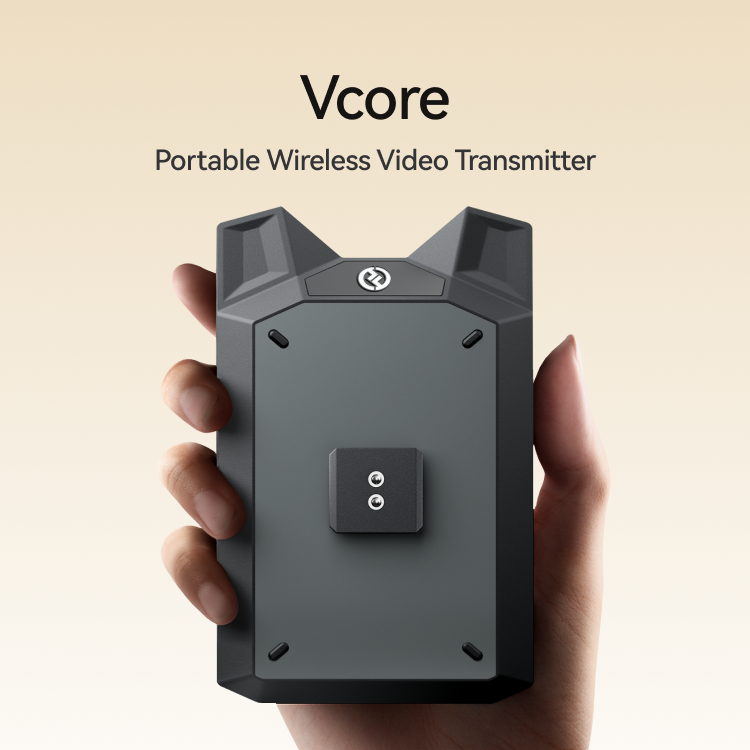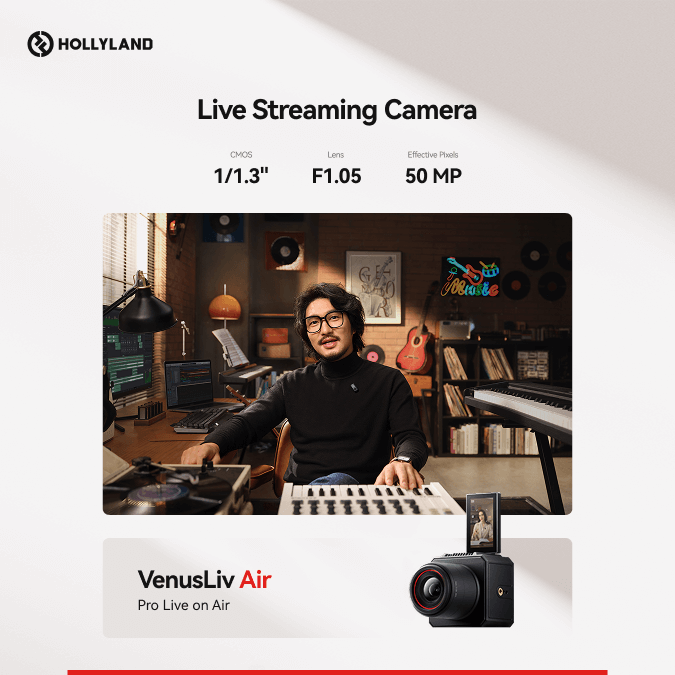Looking for that perfect XLR microphone can feel like a maze. Some sound amazing, others promise more than they deliver. But don’t worry, this guide has your back. It highlights top picks from RODE, Shure, Neumann, and many more trusted names. You’ll get the inside scoop on features, specs, and honest reviews from Amazon and Reddit. So stick around! Your next mic might be just a scroll away.
Why Trust Us?
As the official blog of Hollyland, an industry-leading wireless audio brand, we bring expert insight from engineers, creators, and sound professionals. Every recommendation is supported by lab testing and real-world use. We compare products with other top brands for fairness and accuracy. Our content aims to offer clear, trusted advice to every user.
Top Picks at a Glance
| Model | Type | Frequency Response | Phantom Power Required | Best For | Price |
| Shure SM57 | Dynamic | 40Hz – 15kHz | No | Instrument clarity | $109 |
| RODE PodMic | Dynamic | 50Hz – 15kHz | No | Plosive control | $99 |
| Audio-Technica AT2040 | Dynamic | 80Hz – 16kHz | No | Isolation | $109 |
| Shure SM58 | Dynamic | 50Hz – 15kHz | No | Controlled highs and lows | $109 |
| Audio-Technica AT2020 | Condenser | 20Hz – 20kHz | Yes (48V DC) | Balanced bass response | $119 |
| Shure PGA181 | Condenser | 50Hz – 20kHz | Yes (48V DC) | Vocal/Instrument edge | $131.25 |
| Electro-Voice RE20 | Dynamic | 45Hz – 18kHz | No | Rugged reliability | $449 |
| RODE NT1 | Condenser | 20Hz – 20kHz | Yes (P24 and P48) | Balanced vocals | $249 |
| Shure SM7B | Dynamic | 50Hz – 20kHz | No | Transparent midrange | $439 |
| FIFINE AmpliGame AM8 | Dynamic | 50Hz – 16kHz | No | Dual connectivity | $54.99 |
| Samson Q2U | Dynamic | 50Hz – 15kHz | No | Dual connectivity | $74.99 |
| Shure MV7X | Dynamic | 50Hz – 16kHz | No | EQ-friendly | $199 |
| RODE NT1 Signature Series | Condenser | 20Hz – 20kHz | Yes (48V) | Low self-noise | $159 |
| Neumann KMS 105 | Condenser | 20Hz – 20kHz | Yes (48V) | Live vocals | $749 |
| Austrian Audio OC18 | Condenser | 20Hz – 20kHz | Yes (48V) | Neutral and transparent tone | $799 |
| Neumann U87 Ai | Condenser | 20Hz – 20kHz | Yes (48V) | Controlled warmth | $3595 |
| Sennheiser MKH 416 | RF condenser | 40Hz – 20kHz | Yes (48V) | Outdoor and noisy sets | $849 |
| FIFINE K669C | Condenser | 30Hz – 20kHz | Yes (48V) | Low-cost bass presence | $36.99 |
| MAONO PM500 | Condenser | 20Hz – 20kHz | Yes (48V DC) | ASMR | $118.73 |
| Neuman TLM 102 | Condenser | 20Hz – 20kHz | Yes (48V) | Small studio setups | $692.93 |
| RODE NT1-A | Condenser | 20Hz – 20kHz | Yes (P24 and P48) | Loud vocal performances | $249 |
| Shure SM7dB | Dynamic | 50Hz – 20kHz | No | Proximity control | $549 |
| sE Electronics VR2 | Active ribbon | 20Hz – 18kHz | Yes (48V) | Textured tone | $458.47 |
| Sennheiser e 935 | Dynamic | 40Hz – 18kHz | No | Rough handling | $199.95 |
| MAONO PD100 | Dynamic | 60Hz – 14kHz | No | Portability | $36.79 |
| Shure PGA48 | Dynamic | 70Hz – 15kHz | No | Entry-level | $45 |
| FIFINE K688 | Dynamic | 50Hz – 15kHz | No | Dual connectivity | $51.09 |
| Elgato Wave DX | Dynamic | 50Hz – 15kHz | No | Affordability | $99.99 |
| Behringer SL 84C | Dynamic | 50Hz – 15kHz | No | Low-price winner | $14.90 |
Note: Prices are sourced from Amazon (US) and are subject to change over time.
Best XLR Microphones List: Detailed Reviews
1. Shure SM57 – Instrument-Ready and Vocal-Friendly

Shure SM57 cuts handling noise with its pneumatic shock-mount system. That means a clearer sound, even if the hands move a bit. The contoured frequency response shapes audio beautifully. Instruments stay clean, while vocals feel rich and full. It gives a warm tone overall. There’s top-end clarity but no harsh shimmer. Perfect for keeping the highs smooth and natural.
Specifications:
Polar pattern: Cardioid
Frequency response: 40Hz – 15kHz
Max SPL: Not specified
Sensitivity: -56 dBV/Pa (1.60 mV/Pa)
Self-noise (Equivalent Noise Level): N/A
Connector: 3-pin XLR
Pros:
- Very durable and rugged build
- Handles high volumes without distortion
- Works well on drums and amps
- Slim design looks good during video filming
- Reliable in live and studio use
Cons:
- Needs to be used close to the mouth
Suitable for: Musicians, podcasters, live performers, studio producers, church setups, and sound engineers
Real review from Reddit: “Just about the best first mic you could pic. You’ll never get rid of it. Professionals still use it on plenty of things when making Grammy winning records.” — @fMcG86
Price: $109
2. RODE PodMic (XLR Version) – Warm Sound, Tough Build

The RODE PodMic feels like a mini tank with its full-metal body. It can handle drops, bumps, and daily podcast rage. The internal pop filter cuts harsh plosives so voices stay smooth and soft. It handles strong P’s like a champ. Moving to the built-in shock mount, it tames those table thumps with ease.
Specifications:
Polar pattern: Cardioid
Frequency response: 50Hz – 15kHz
Max SPL: Not specified
Sensitivity: -57dBV (1.4mV @ 94dB SPL)
Self-noise (Equivalent Noise Level): N/A
Connector: 3-pin XLR
Pros:
- Clean and full sound
- Great background noise handling
- Dynamic feedback rejection
- Good for both podcasting and vocals
Cons:
- Needs high gain or mic activator
- Sensitive to interference
- Heavy for some mic stands
Suitable for: Podcasting, livestreaming, studio voiceovers, gaming commentary, Zoom meetings, and vocal recording
Real review from Amazon: “The Rode PodMic is a top-notch microphone for anyone serious about podcasting or streaming. The sound quality is incredible, offering clear, rich, and professional-grade audio.” — @Elham
Price: $99
3. Audio-Technica AT2040 – Impressive Noise Rejection

The Audio-Technica AT2040 sounds smooth and focused. Its multistage foam mesh windscreen keeps plosives under control. That means no more harsh pops during close-up talk sessions. Moreover, the MID-centric warmth adds a rich, natural tone to voices. It brings out clarity and presence in the spoken word.
Specifications:
Polar pattern: Hypercardioid
Frequency response: 80Hz – 16kHz
Max SPL: Not specified
Sensitivity: -53 dB (2.2 mV) (0 dB = 1 V/Pa at 1 kHz)
Self-noise (Equivalent Noise Level): N/A
Connector: Integral 3-pin XLRM-type
Pros:
- Excellent off-axis rejection
- Bright mids with minimal EQ needed
- Smooth high-pass filtering at 80Hz
Cons:
- Requires a lot of gain to sound good
- No low-cut or pad switches
- Slight roll-off in the low-end
Suitable for: Podcasting, voiceover artists, studio recording, amateur radio, streaming, gaming, and singing
Real review from Amazon: “Very nice microphone. Needs a pre-amp but does not need a 48v phantom power. I use it for streaming and everyone noticed improved audio quality.” — @Gamertech63
Price: $109
4. Shure SM58 – Smooth Vocals Always

Shure SM58 cuts down handling noise with its pneumatic shock-mount system. Great when things get a bit lively. It keeps the sound clean, even with movement. The frequency response is shaped for vocals. The midrange feels warm, and there’s a nice clarity boost. It helps lyrics sound more present. The bass gets rolled off a bit, which avoids boominess in small rooms.
Specifications:
Polar pattern: Cardioid
Frequency response: 50Hz – 15kHz
Max SPL: Not specified
Sensitivity: -54.5 dBV/Pa (1.60 mV/Pa)
Self-noise (Equivalent Noise Level): N/A
Connector: 3-pin XLR
Pros:
- Reduces vocal clipping
- Handles high pressure levels well
- Syncs easily with most systems
- Great for both live and home use
Cons:
- Output level is low for some mixers
- Might not fit all mic holders
- Needs a good audio interface for the best results
Suitable for: Live vocals, stage performers, podcast recording, public speaking, karaoke, and streamers
Real review from Amazon: “I have used this mic on my DJ setup. I have it running through my mixer and the sound is impeccable.” — @DJ GodsOwn
Price: $109
5. Audio-Technica AT2020 – Bright Detail with a Touch of Texture

The Audio-Technica AT2020 uses a low-mass diaphragm for sharp detail. It handles soft acoustic strums and light vocals with lovely clarity. This custom design also stretches the frequency range for crisp highs. Transients pop nicely without sounding harsh or fake. There’s a bit of grain in the sound, but it’s pleasant.
Specifications:
Polar pattern: Cardioid
Frequency response: 20Hz – 20kHz
Max SPL: 144 dB (1 kHz at 1% THD)
Sensitivity: -37 dB (14.1 mV) re 1V at 1 Pa
Self-noise (Equivalent Noise Level): 20 dB SPL
Connector: Integral 3-pin XLRM-type
Pros:
- Affordable for the performance
- Compatible with most audio interfaces
- Lightweight and easy to set up
Cons:
- Picks up background noise easily
- May not fit well in some boom arms
- Some units show white noise or hissing
Suitable for: Home studio recording, voiceovers, acoustic music, podcasting, and streaming
Real review from Amazon: “Whether I’m recording vocals or podcasting, this mic captures my voice perfectly. It’s build is solid and is super easy to set up.” — @Renny
Price: $119
6. Shure PGA181 – Strong Presence in a Pocket-Friendly Price

The Shure PGA181 sounds clean and full of life. Its tailored microphone cartridge gives smooth and flexible audio capture. This works well for instruments, speech, or even vocals. The updated industrial design looks sleek and doesn’t distract the eyes. A black metallic finish with a grille makes it blend in easily in any environment. You can expect a transparent tone with punchy detail in the upper mids.
Specifications:
Polar pattern: Cardioid
Frequency response: 50Hz – 20kHz
Max SPL: 138 dB
Sensitivity: -38 dBV/Pa (12.5 mV/Pa)
Self-noise (Equivalent Noise Level): 18 dB(A)
Connector: 3-pin XLR
Pros:
- Very clear and rich tone on vocals and instruments
- Solid and durable build quality
- Works well in both quiet and loud environments
Cons:
- Struggles to pick up sound from a distance
- Requires careful setup for best results
Suitable for: Studio recording, acoustic musicians, podcasters, spoken word artists, streamers, and voice-over work
Real review from Amazon: “Great mic. Tried it on a tube amp, acoustic guitar, and vocals. Sounds great. Very quiet for the price. Solid build. Comes with mic clip and a bag to carry it in.” -@faith
Price: $131.25
7. Electro-Voice RE20 – Zero Flutter in a Room

The Electro-Voice RE20 nails that smooth and focused broadcast tone. It feels natural without sounding too polished. Thanks to Variable-D, voices stay steady even when moving off-axis. No booming lows. Just clean results. Then there’s the humbucking coil. It protects recordings from annoying line hum. Perfect for setups with lots of gear around. Each feature quietly helps deliver clean, honest audio every time.
Specifications:
Polar pattern: Cardioid
Frequency response: 45Hz – 18kHz
Max SPL: Not specified
Sensitivity: 1.5 mV/Pa
Self-noise (Equivalent Noise Level): N/A
Connector: XLR
Pros:
- Rejects background noise effectively
- No proximity effect
- Looks professional and premium
- Industry standard for radio and voiceover
Cons:
- Heavy and bulky
- Price may be high for some users
Suitable for: Broadcasting, podcasting, voiceover work, studio vocals, instrument recording, streaming, and radio professionals
Real review from Amazon: “Probably the best podcast / YouTube mic available. It’s the industry standard in Talk radio for good reason.” — @Kohls
Price: $449
8. RODE NT1 – Top-End Clarity

The RODE NT1 keeps things quiet with ultra-low noise. It picks up details without adding hiss in the background. Its wide dynamic range handles soft tones and loud bursts with ease. Inside, the capsule shock mounting works quietly. It cuts down unwanted rumbles when the mic is touched. The sound has that signature smooth top-end air. Highs feel open but never sharp or piercing.
Specifications:
Polar pattern: Cardioid
Frequency response: 20Hz – 20kHz
Max SPL: 132dB
Sensitivity: -29.0dB re 1V/Pa (35.00mV @ 94dB SPL) +/-2dB @ 1kHz
Self-noise (Equivalent Noise Level): 4.5dBA
Connector: XLR
Pros:
- Very low self-noise
- Easy to set up with an audio interface
- High value for the price
Cons:
- Shock mount is heavy and awkward
- Needs a treated room for the best results
Suitable for: Music recording, voice-over artists, podcasting, home studios, acoustic instruments, and vocalists
Real review from Amazon: “Worth every penny. Amazing quality and clarity regardless of closed or open back headphones, great directly out of the box in general, pop filter it comes with has to be one of the best I’ve used.” -@PATRICK S.
Price: $249
9. Shure SM7B – Natural Low End
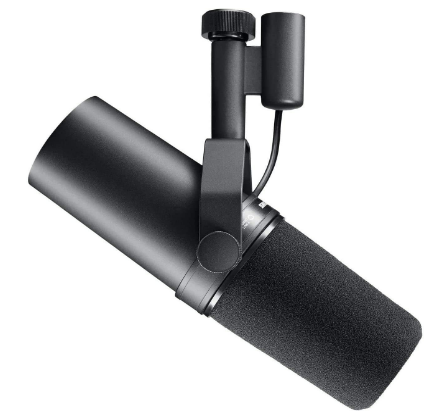
The Shure SM7B keeps vocals clean and natural. Mids sound neutral with no sharp edges. Every word feels close and clear in the mix. Great for spoken voice or warm singing. Now, here’s something helpful. It has improved rejection of electromagnetic hum. That means less buzz from nearby monitors. No weird noise jumping into the audio. Internal “air suspension” shock isolation is another clever touch. It helps stop unwanted bumps and table noise.
Specifications:
Polar pattern: Cardioid
Frequency response: 50Hz – 20kHz
Max SPL: Not specified
Sensitivity: -59 dBV/Pa (1.12 mV/Pa)
Self-noise (Equivalent Noise Level): N/A
Connector: 3-pin XLR
Pros:
- Rich, clear sound quality
- Blocks background noise well
- Built to last for years
- Used by professionals and studios
Cons:
- Needs a powerful preamp or Cloudlifter
- Sounds too faint with weak interfaces
- Not ideal for thin or soft voices
Suitable for: Podcasting, voice-over work, studio vocals, broadcasting, streaming, and narration
Real review from Amazon: “There’s a reason the sm7b is used world wide by radio stations, recording studios, and podcasters/youtubers/Streamers. Its a phenomenal microphone with crystal clear audio.” — @Connor
Price: $439
10. FIFINE AmpliGame AM8 – Double Connectivity in a Budget

The FIFINE AmpliGame AM8 works with both USB and XLR. USB sounds great for calls or gaming sessions anytime. But the real fun starts when the XLR port gets used. That’s where streaming setups feel more pro and flexible. The mic gives voices a bold, rich tone without harsh edges.
Specifications:
Polar pattern: Cardioid
Frequency response: 50Hz – 16kHz
Max SPL: Not specified
Sensitivity: -50 +/-3 dB
Self-noise (Equivalent Noise Level): N/A
Connector: XLR and USB-C to USB 2.0
Pros:
- Real-time monitoring with a headphone jack
- Compact and travel-friendly size
- Sturdy build despite the plastic material
- Boom arm setup is fast and adjustable
Cons:
- Included stand lacks shock absorption
- Boom arm can be tricky to adjust at first
- Touch-mute, sidetone, and I/O controls only work in USB mode
Suitable for: Podcasting, gaming, streaming, vocal recording, online meetings, and content creation
Real review from Amazon: “For the price of this Microphone, it is incredible.” — @Juju
Price: $54.99
11. Samson Q2U – Deep Bass, Handheld Style

The Samson Q2U delivers a rich low-end that feels solid. Mids stay controlled, which helps everything sound clean and balanced. No harsh tones messing things up. Its strong die-cast body with a heavy mesh grille adds peace of mind. It won’t crack under rough use. Plus, the USB and XLR ports make switching setups smooth.
Specifications:
Polar pattern: Cardioid
Frequency response: 50Hz – 15kHz
Max SPL: 148 dB
Sensitivity: -54dBV/Pa
Self-noise (Equivalent Noise Level): N/A
Connector: XLR and USB Mini-B
Pros:
- Clear and rich sound quality
- Great for podcasting and gaming
- Handles background noise well
- Solid metal build
Cons:
- On/Off switch doesn’t fully mute the mic
- S and Z sounds are often overemphasized
- LED and headphone jack don’t work with the XLR interface
Suitable for: Podcasting, beginner voice actors, online classes, home recording, livestreaming, and casual streaming
Real review from Amazon: “I’ve played with it some both as a digital source and an “analog” mic, and it works, again, exactly like you’d expect.” — @D. Sauer
Price: $74.99
12. Shure MV7X – Smooth Voice with Warm Tone

The Shure MV7X knows how to focus on your voice. Its Voice Isolation Technology uses a dynamic cartridge with excellent rear rejection. The built-in shock mount helps reduce any sudden desk bumps or knocks. Great choice for creators dealing with noisy setups or shared spaces. It sounds rich and clean with a gentle top-end boost. The low mids feel warm, giving voices a full and natural vibe.
Specifications:
Polar pattern: Unidirectional (cardioid)
Frequency response: 50Hz – 16kHz
Max SPL: Not specified
Self-noise (Equivalent Noise Level): N/A
Sensitivity: -38 dB
Connector: XLR
Pros:
Excellent background noise rejection
Affordable for the sound quality it delivers
Works well with EQ, compression, and noise gate tweaks
Cons:
Needs gain boosted quite high, which may reduce quality
Can be sensitive to processing effects like compression
Needs tweaking in OBS and third-party apps for the best sound
Suitable for: Podcasting, Discord chatting, streaming setups, YouTube voiceovers, untreated rooms, gaming, and content creators
Real review from Amazon: “I’ve been using the Shure MV7X XLR Podcast Microphone for a few weeks now and overall, I am pleased with its performance.” — @CheetoFrito
Price: $199
13. RODE NT1 Signature Series – Pro Sound at Home and Studio

The RODE NT1 Signature Series feels solid and smooth. Its rugged aluminium body with a high-grade finish stays safe from scuffs. The high SPL handling capabilities tackle loud sounds without distortion. Best of all, it captures nuanced vocal and acoustic detail with clarity and natural texture that sounds beautifully real.
Specifications:
Polar pattern: Cardioid
Frequency response: 20Hz – 20kHz
Max SPL: 142 dB
Sensitivity: -32 dB re 1 Volt/Pascal (25 mV @ 94 dB SPL) +/-2 dB @ 1 kHz
Self-noise (Equivalent Noise Level): 4 dBA
Connector: 3-pin XLR
Pros:
- Incredibly lifelike sound quality
- Effective shockmount and pop filter included
- Versatile for vocals and instruments
- Very low self-noise
Cons:
- Needs a quiet environment for best results
- Some units have internal capsule-to-basket contact issues
Suitable for: Home studio vocals, podcasting, music recording, voiceovers, and karaoke
Real review from Amazon: “I record a podcast and this mic sounds great and the pop filter makes sure my plosives aren’t recorded. It sounds very clean and connects to my zoom with the usb cable easily.” — @Christopher Adams
Price: $159
14. Neumann KMS 105 – Impressively Loud, Emotionally Clear

The Neumann KMS 105 handles loud vocals with zero stress. It handles sound pressure up to 150 dB without clipping. Singers can go full power and still sound clean. Its feedback-resistant design keeps screeching out of the mix. Expect rich, clear sound with an open top end. Moreover, the vocals feel smooth, present, and full of emotion.
Specifications:
Polar pattern: Supercardioid
Frequency response: 20Hz – 20kHz
Max SPL: 150 dB
Sensitivity: 4.5 mV/Pa (equivalent to -47 dBV)
Self-noise (Equivalent Noise Level): 28 dB (CCIR), 18 dB (A-weighted)
Connector: XLR 3-Pin Male
Pros:
- Strong low-end clarity without EQ
- Lightweight and easy to handle
- Rock-solid build with sleek matte finish
- Maintains neutral tone without harsh boosts
Cons:
- Very sensitive to vocal flaws
- Can’t sing too close; optimal distance is around 6 inches
- No mid-high lift, which some singers prefer
Suitable for: Live performers, home studio vocalists, rappers, baritone singers, professional gigging musicians, audio engineers, and picky mic testers
Real review from Amazon: “The sound is ridiculously clear and makes vocals sound so natural and rich.” — @Fin Hartley
Price: $749
15. Austrian Audio OC18 – Reveals Every Detail
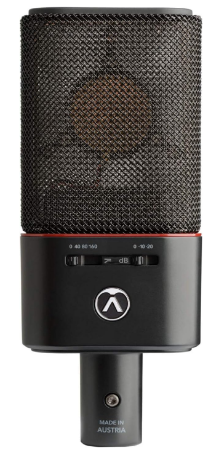
This mic knows how to make things sound clear and full. Its handmade CKR6 ceramic capsule adds a lovely touch to both vocals and acoustic instruments. The onboard analog high-pass filter gives the option to cut low rumbles at 40 Hz, 80 Hz, or 160 Hz. That’s a big help when recording in noisy rooms. Then comes the pad switch with -10 dB and -20 dB choices. That’s a lifesaver when dealing with loud sources like drums or amps.
Specifications:
Polar pattern: Cardioid
Frequency response: 20Hz – 20kHz
Max SPL: 148 dB SPL (158 dB with pad)
Sensitivity: 13 mV/Pa
Self-noise (Equivalent Noise Level): 9 dB (A)
Connector: XLR 3-pin
Pros:
- Natural sound with no harsh coloration
- Takes EQ well without distortion
- Strong proximity effect and vocal presence
- Preferred over some Neumann models by users
Cons:
- May need a better third-party shockmount
Suitable for: Voiceover artists, singers, podcast hosts, studio engineers, female vocalists, and home recording users
Real review from Amazon: “Honestly the quality is probably much higher than my smooth-brain ears can understand, but even I can tell it’s awesome.” — @Benjamin Strombeck
Price: $799
16. Neumann U 87 Ai – Industry Standard Mic for Vocals

The Neumann U 87 Ai keeps things real and classy. Its unique FET circuit keeps the sound super clean and stable. With a transformer-balanced output, expect clear tones without an annoying signal mess. The three polar patterns offer flexibility for any setup. What’s more? The U87 Ai nails accurate reproduction from highs to lows.
Specifications:
Polar pattern: Cardioid, Figure-8, and Omnidirectional
Frequency response: 20Hz – 20kHz
Max SPL: 117 dB (127 dB with Pad)
Sensitivity: 28 mV/Pa (Cardioid), 20 mV/Pa (Omni), and 22 mV/Pa (Figure-8)
Self-noise (Equivalent Noise Level): 12 dB (Cardioid), 15 dB (Omnidirectional), 14 dB (Figure-8)
Connector: XLR 3-pin male
Pros:
- Brings out vocal nuances effortlessly
- Trusted in professional and Grammy-winning studios
- Retains high resale value
- Performs great on most voice types
- Delivers high-end sparkle and rich tone
Cons:
- Very expensive
Suitable for: Studio vocals, voice-over artists, audiobook narration, mixing engineers, and professional singers
Real review from Amazon: “The U87 is one of a handful of vocal microphones that are responsible for capturing the amazing vocal sounds from the 70s, 80s, 90s, 00s, and today.” — @Matt
Price: $3595
17. Sennheiser MKH 416 – Ideal XLR Shotgun for Film and TV

The Sennheiser MKH 416 sounds tight, bold, and super clean. The hypercardioid at low and medium frequencies keeps side noise away, so voices pop even in loud spots. The pressure gradient receiver with short interference tube shapes tone with care. As a result, the lows feel rich, highs stay airy, and mids slice through with clarity.
Specifications:
Polar pattern: Supercardioid / Lobar
Frequency response: 40Hz – 20kHz
Max SPL: 130 dB
Sensitivity: -32 dBV/Pa (at 1 kHz)
Self-noise (Equivalent Noise Level): 13 dB (A-weighted), 24 dB (CCIR)
Connector: 3-pin XLR
Pros:
- Strong build with all-metal German construction
- Lightweight and compact for easy mounting
- Delivers good results even in untreated rooms
- Requires less editing due to clean recordings
Cons:
- Picks up environmental noise without noise gate
- Price is high compared to similar alternatives
Suitable for: Voice-over artists, filmmakers, YouTubers, podcast creators, remote workers, and interviewers
Real review from Amazon: “All I can say is that it’s the best movie microphone on the market. Don’t regret buying it, you get what you pay for.” — @Mark Andre
Price: $849
18. FIFINE K669C – A Good-to-Go Starter XLR
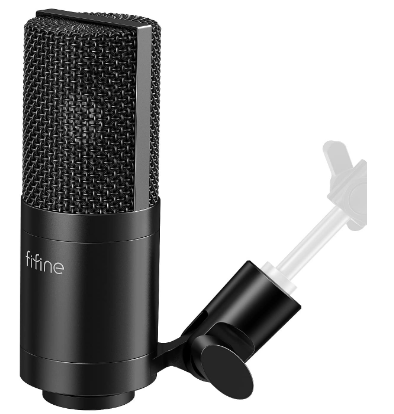
The FIFINE K669C captures voices with clarity using its built-in 16mm diaphragm. Great for vocals, it records sound exactly as it should. Thanks to its triple shockproof structure, even small bumps stay silent. No annoying rumbles. The mic delivers a clean, warm vocal tone with smooth highs that add shine without getting sharp.
Specifications:
Polar pattern: Cardioid
Frequency response: 30Hz – 20kHz
Max SPL: 130 dB
Sensitivity: Not specified
Self-noise (Equivalent Noise Level): Not specified
Connector: XLR
Pros:
- Solid metal body with a premium feel
- Easy XLR setup with good compatibility
- Compact and travel-friendly size
Cons:
- Desktop stand is small and picks up desk noise
- Can produce occasional crackling sounds
- Not ideal for pro music recording
Suitable for: Home voiceovers, podcasting, gaming streamers, beginner musicians, and content creators
Real review from Amazon: “If you are looking to get into content creation this is a good starter mic if you are wanting to go the XLR route.” — @CGamer76
Price: $36.99
19. MAONO PM500 – Smooth Tone, Tough Build

The MAONO PM500 uses a 34mm gold-sputtered condenser capsule. Vocals sound rich with no harsh edges or hiss. High mids stay smooth, taming sharp “ess” sounds with ease. The zinc alloy body with multi-layer coatings feels solid. It holds up well while keeping that clean studio look.
Specifications:
Polar pattern: Cardioid
Frequency response: 20Hz – 20kHz
Max SPL: 120 dB SPL (1kHz, THD 0.5%)
Sensitivity: -35.3 dBu at 1kHz (1Pa = 94dB SPL)
Self-noise (Equivalent Noise Level): 20 µVrms
Connector: XLR
Pros:
- Handles metal and rock vocals surprisingly well
- Includes shock mount, pop filter, and stand
- Feels solid with good build quality
- Attractive design with semi-matte finish
Cons:
- Requires high gain and strong phantom power
- Pop filter doesn’t align properly
- Slightly lower output than some dynamic mics
Suitable for: ASMR, podcasting, music recording, voice overs, streaming, teaching, and online meetings
Real review from Amazon: “You can’t really beat this for the price. You have to have your phantom power ready but its absolutely worth it.” — @ray stackon
Price: $118.73
20. Neumann TLM 102 – Workhorse for Studio Setups
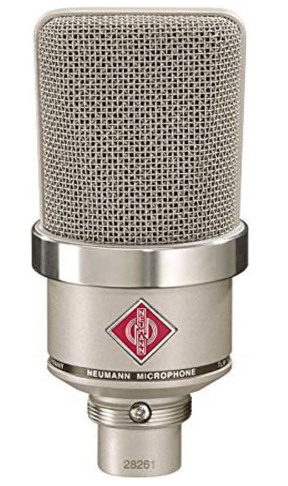
The Neumann TLM 102 sounds clean and honest, never fake. Its linear response throughout the midrange keeps vocals and instruments full of life. A soft bump near 10 kHz adds some air without sounding harsh. Contrarily, the audio’s bottom end feels deep and warm, never muddy. Thanks to the well-controlled proximity effect, low notes stay tight.
Specifications:
Polar pattern: Cardioid
Frequency response: 20Hz – 20kHz
Max SPL: 144 dB (0.5% THD)
Sensitivity: 11 mV/Pa
Self-noise (Equivalent Noise Level): 21 dB (CCIR) / 12 dB (A-weighted)
Connector: XLR 3-Pin Male
Pros:
- Compact size but solid build
- Professional quality at a semi-affordable price
- Very low self-noise
- Sleek, attractive design
Cons:
- Not ideal for all instruments
- Requires a treated or quiet room for best results
- Flat sound may not suit every vocal style
Suitable for: Studio vocals, home recording, podcasters, voiceover artists, music producers, audiophiles, and acoustic musicians
Real review from Amazon: “Was looking for a good mic for studio vocals and ran across this. Reviews were good so gave it a go. Love it! Rich vocal sound!” — @DK
Price: $692.93
21. RODE NT1-A – Gentle Highs, Ultra-Clean Audio

The RODE NT1-A comes with the SM6 shock mount and pop filter. It helps stop strong air sounds from hitting the mic. This keeps the voice smooth and clear in every take. It’s really helpful when recording close-up vocals or speech. The sound has warm, rich lows and soft, airy highs. The noise is so low that it barely feels like it’s there.
Specifications:
Polar pattern: Cardioid
Frequency response: 20Hz – 20kHz
Max SPL: 137 dB
Sensitivity: -32 dB re 1V/Pa (25 mV @ 94 dB SPL) +/-2 dB @ 1 kHz
Self-noise (Equivalent Noise Level): 5 dBA (A-weighted)
Connector: 3-pin XLR
Pros:
- Good for bass voices and decent for female vocals
- Shock mount and pop filter included
- Works well even with budget audio interfaces
Cons:
- Mic and shock mount are heavy
- Pop filter arm has limited adjustment range
- XLR cable can arrive bent or deformed
Suitable for: Home studio recording, voiceover artists, deep vocals, podcasters, music learners, and creators
Real review from Amazon: “Great mic for a beginner ….I recorded my own vocals in my dorm when I was in college …I wasn’t great at mixing but the mic is great for “At Home Studio” — @Sly
Price: $249
22. Shure SM7dB – Loud and Proud

The Shure SM7dB gives a smooth and deep voice, just like the SM7B. It has a clean internal preamp, so no need for extra gear to make it louder. That makes the setup easy and sound levels steady. The bass roll-off lowers extra deep sounds. Furthermore, the mid-range emphasis (presence boost) makes the voice sound clearer and more focused.
Specifications:
Polar pattern: Cardioid
Frequency response: 50Hz – 20kHz
Max SPL: Not specified
Sensitivity: -59 dBV/Pa (Bypass), -41 dBV/Pa (Preamp +18 dB), -31 dBV/Pa (Preamp +28 dB)
Self-noise (Equivalent Noise Level): N/A
Connector: 3-pin XLR
Pros:
- Can connect to cameras and boom arms
- Gets compliments for clean, professional audio
- Built-in preamp eliminates Cloudfilter requirement
Cons:
- Needs XLR-to-USB adapter for digital setups
- May sound too boosted for soft voices
Suitable for: Broadcasters, streamers, educators, podcasters, musicians, gamers, and voiceover artists
Real review from Amazon: “Works great for vocals. The +28dB boost eliminates the need for a preamp and it great for close work in a less-than-perfect environment.” — @Edward Staszko
Price: $549
23. sE Electronics VR2 – Full Sound, Natural Detail

The VR2 delivers full-range clarity from 20Hz to 18kHz. Highs feel open and fresh. Lows stay smooth and real. That clarity makes vocals and instruments feel alive. Moving on, the hand-tensioned ribbon gets careful attention from sE’s expert capsule crew. And the gold-plated XLR connector keeps the signal strong and clean every time.
Specifications:
Polar pattern: Figure-8
Frequency response: 20Hz – 18kHz
Max SPL: 135 dB (0.5% THD @ 1kHz)
Sensitivity: 10 mV / Pa (-40 dBV)
Self-noise (Equivalent Noise Level): 18 dB(A)
Connector: 3-pin male XLR
Pros:
- Competes with mics that cost double or triple
- Flexible for studio and stage use
- Solid metal build with quality shockmount
Cons:
- Needs some EQ, depending on the source
- Mic placement affects results noticeably
- Performs best when used up close
Suitable for: Studio recording, guitar amp miking, wind instruments, percussionists, and live performers
Real review from Amazon: “I bought two of these. They surprised me a lot. Very versatile, great sound. My recording studio took a big step with this acquisition.” — @Cliente de Amazon
Price: $458.47
24. Sennheiser e 935 – Gently Lifting the Upper Mids

The Sennheiser e 935 knows how to treat vocals right. It gives a clean tone with clear mids, crisp highs, and tight lows. The hum compensating coil helps block that annoying buzz from the electric gear. And thanks to the neodymium ferrous magnet with boron, the mic stays steady even if the weather acts weird.
Specifications:
Polar pattern: Cardioid
Frequency response: 40Hz – 18kHz
Max SPL: Not provided
Sensitivity: Not provided
Self-noise (Equivalent Noise Level): N/A
Connector: 3-pin XLR
Pros:
- Handles various voice types well
- Works great even if dropped accidentally
Cons:
- Can produce feedback at startup
- Requires precise mouth positioning for the best sound
Suitable for: Live performers, church singers, vocal coaches, family karaoke, school choirs, podcasters, and solo musicians
Real review from Amazon: “Great mid range detail, noticed it on the first recording I made, forces me to be a more exacting and controlled vocalist.” — @Dennis
Price: $199.95
25. MAONO PD100 – Cost-Effective Noise Isolation

The MAONO PD100 uses top-address technology to focus on the voice and cut out random background sounds. It’s great when noise is all around. The warm and full-bodied tone gives voices a cozy touch.
Specifications:
Polar pattern: Cardioid
Frequency response: 60Hz – 14kHz
Max SPL: 132 dB
Sensitivity: -54+/-3 dB @1kHz (0 dB = 1V/Pa)
Self-noise (Equivalent Noise Level): N/A
Connector: XLR
Pros:
- Lightweight and travel-friendly
- Rejects background noise well
- Works well with FET preamps
Cons:
- Needs high gain boost
- No pop filter included
- Might need EQ for best results
Suitable for: Voiceovers, Zoom meetings, streaming, casual recording, beginners, and podcasting
Real review from Amazon: “This gets the job done at a ridiculous price. Sonically it’s warm and vintage sounding.” — @Jeff Hanson
Price: $36.79
26. Shure PGA48 – For Bold and Bright Voice

The Shure PGA48 shows off an updated industrial design. Its black metallic body mixes well with the silver ball grille. Looks clean, feels solid, and adds a classic touch. The built-in on/off switch helps cut the mic instantly when needed. Vocals sound bold right out of the box. Mids punch through with clarity, while highs stay crisp.
Specifications:
Polar pattern: Cardioid
Frequency response: 70Hz – 15kHz
Max SPL: Not specified
Sensitivity: -53.5 dBV/Pa (2.10 mV/Pa)
Self-noise (Equivalent Noise Level): N/A
Connector: 3-pin XLR
Pros:
- Durable for rough use
- Good value for budget buyers
- On/Off switch adds quick control during use
Cons:
- Noticeable handling noise when holding the mic
- Volume/output level is slightly low
Suitable for: Home karaoke, casual vocal recording, speech presentations, group events, and beginners
Real review from Amazon: “Perfect price, long cord, very versatile. Heavy duty. Fit in every size hand and anyv stand at have. Sounded great.” — @Stacy W.
Price: $45
27. FIFINE K688 – Warm Sound with Depth

The FIFINE K688 connects through both USB and XLR ports. That opens up more ways to record, whether simple or pro level. The high-density flocked pop filter looks sharp and softens harsh air sounds. The metal shock mount adds a premium touch and cuts rumble nicely. The sound is where it shines most. This mic gives a warm, body-rich tone with smooth low-end depth.
Specifications:
Polar pattern: Cardioid
Frequency response: 50Hz – 15kHz
Max SPL: 130 dB
Sensitivity: -58 +/-3 dB
Self-noise (Equivalent Noise Level): N/A
Connector: XLR / USB Type-C to Type-A 2.0
Pros:
- Durable metal construction
- Includes headphone jack for monitoring
- Minimal plosive and vibration noise
- Comparable to more expensive mics
Cons:
- Mute button doesn’t work in XLR mode
- Shock mount bands are small and hard to reattach
- OBS recognition issues reported after extended use
Suitable for: Streaming, studio vocals, podcasting, video creation, and product review videos
Real review from Amazon: “The mic quality is really good however it does pick up a lot of vibration when you move the boom arm or hit your desk overall you get a very good mic for how much you spend” — @Angelo
Price: $51.09
28. Elgato Wave DX – Decent Background Noise Suppression

Elgato Wave DX looks great from any angle. The removable logo design flips to either side and turns easily, so it stays right on camera. It’s a small touch that helps in every stream. Additionally, the mic uses nylon fiber between foam layers to lower breath sounds. This keeps speech natural and clear. This gives bright mids and crisp highs. Plus, the audio stays detailed with a slight edge that feels smooth.
Specifications:
Polar pattern: Cardioid
Frequency response: 50Hz – 15kHz
Max SPL: Not specified
Sensitivity: 2.5 mV/Pa, -52 dBV/Pa
Self-noise (Equivalent Noise Level): N/A
Connector: 3-pin XLR
Pros:
- Works well with OBS and streaming
- Not bulky; good space usage
- Lightweight for most boom arms
Cons:
- No included XLR cable
- No on-mic controls
- Can be tricky for beginners to configure
Suitable for: Streaming, podcasting, YouTube videos, gaming commentary, and voiceovers
Real review from Amazon: “In my opinion it’s a really good purchase so unless you are a professional who really needs the best equipment, this microphone does its job really well.” — @Sebastian Oyola
Price: $99.99
29. Behringer SL 84C – Strong Output under $20

The Behringer SL 84C delivers a punchy vocal sound. Its strong vocal cut helps lift vocals without needing more volume. Thanks to the high output, the voice feels fuller in every mix. The resistant-to-moisture build is great for sweaty hands or humid rooms. With high gain before feedback, louder settings feel more controlled and clear.
Specifications:
Polar pattern: Cardioid
Frequency response: 50Hz – 15kHz
Max SPL: 150 dB
Sensitivity: Not specified
Self-noise (Equivalent Noise Level): N/A
Connector: XLR 3-Pin Male
Pros:
- Clear vocal sound
- Great price-to-performance ratio
- Light in weight
- Good for EQ adjustments
- Ideal for small gigs or practice
Cons:
- Some handling noise reported
- Feels more plastic than metal
- Not ideal for high-end concert settings
Suitable for: Home recording, karaoke setups, youth bands, small venues, backup gear, and casual performers
Real review from Amazon: “the price for quality is nuts. It has a great sound and the box is cool. easy to store for gigs and nice grip on the handle. solid!” — @A K
Price: $14.90
BONUS RECOMMENDATION: Hollyland LARK MAX 2 – Cutting-Edge Wireless Audio, Effortless Bluetooth Monitoring

While LARK MAX 2 isn’t an XLR microphone, it offers impeccable features that can turn the tables for your wireless recording. What makes it unique from the rest is the 32-bit float onboard recording for super clean backup for up to 10 hours. But that’s not it! This is engineered with FocalClear Technology, ensuring high-quality sound capture up to 1115ft. Plus, it gives a new shape to wireless monitoring through the OWS Bluetooth earphones, so your team communication remains smooth and cable-free.
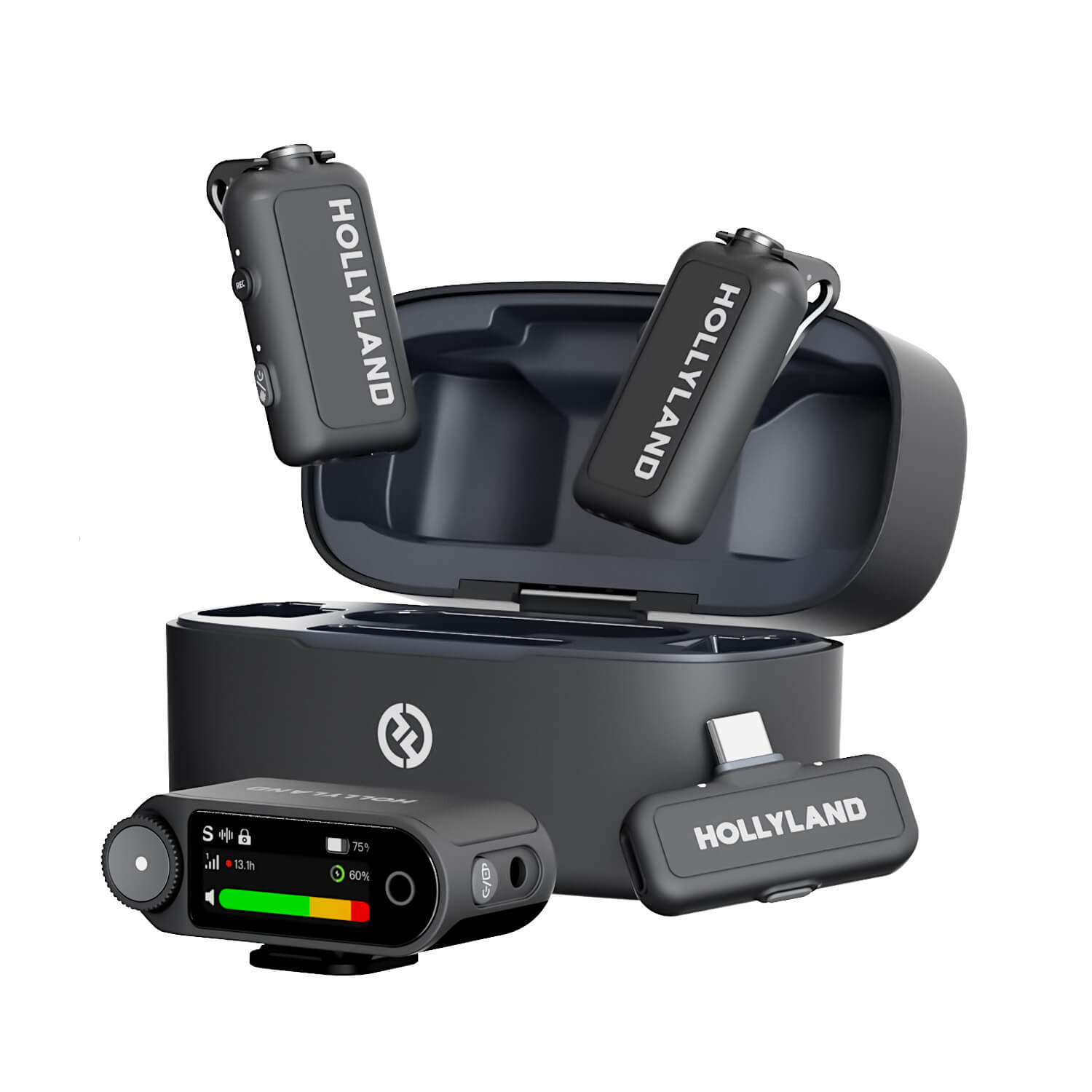
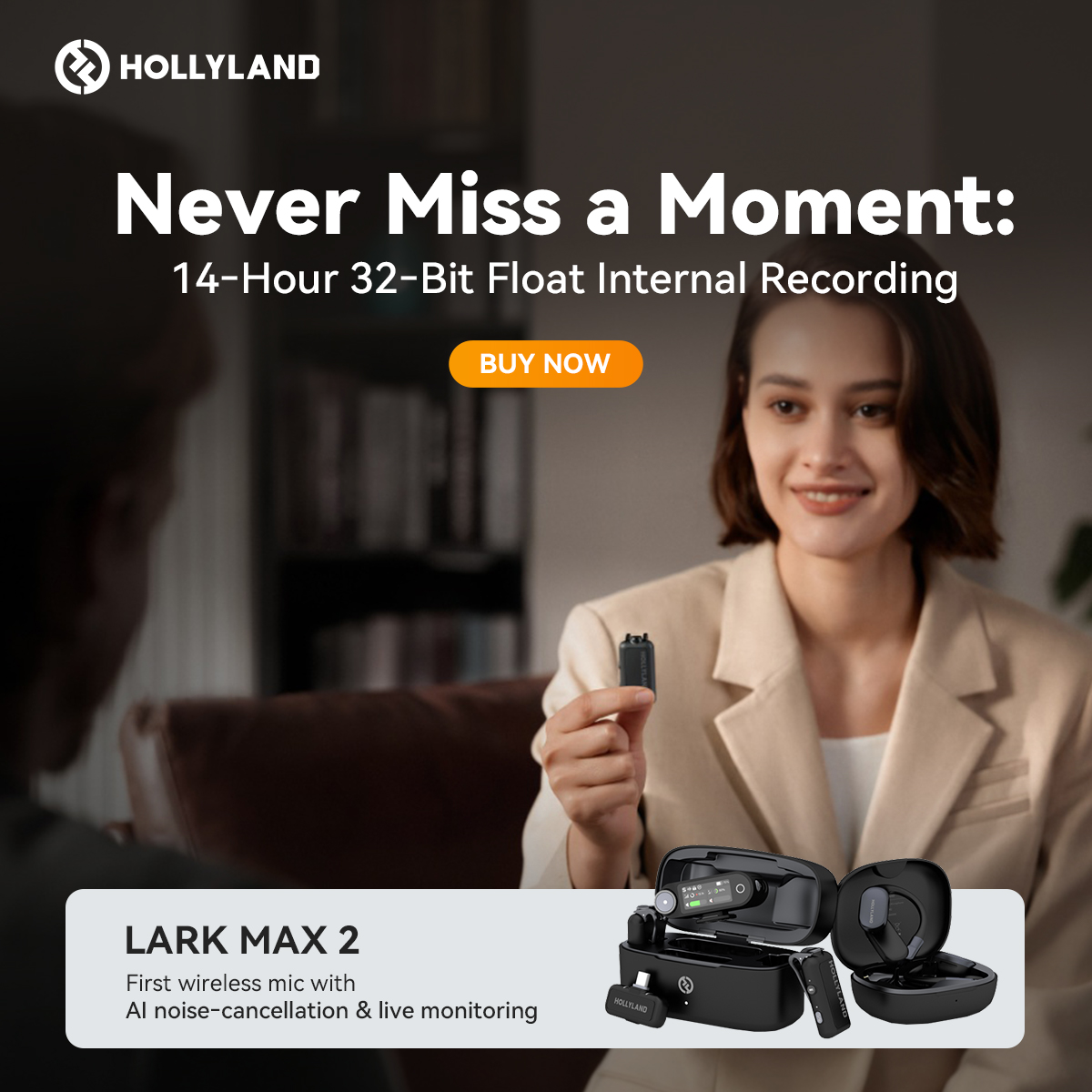
Hollyland LARK MAX 2 - Premium Wireless Microphone System
A premium wireless microphone for videographers, podcasters, and content creators to capture broadcast-quality sound.
Key Features: Wireless Audio Monitoring | 32-bit Float | Timecode
Read full Hollyland LARK MAX 2 review for more details.
Specifications:
Polar pattern: Omnidirectional
Frequency response: 20Hz – 20kHz
Transmitter operating time: 11 hours
Max SPL: 128 dB
Sensitivity: -37 dBV +/- 2 dBV @ 1 kHz, 94 dB SPL
Connector: USB Type-C, UAC, and 3.5mm
Pros:
- Supports connection with up to four transmitters at once
- Built-in timecode function simplifies post-production syncing
- AI-powered noise reduction with customizable levels
- Ready to use immediately without extra setup
Cons:
- Magnetic clip may affect pacemakers or implants
Suitable for: Creators, YouTubers, streamers, single and multi-person podcasting, wedding, mobile journalism, wedding events, live concert coverage, vlogging, casual singing, and product review videos
Real review from Amazon: Not specified
Price: Not specified
Conclusion
If you’re seeking pocket-friendly XLR mics without compromising on the performance, check out brands like Behringer SL 84C, Samson Q2U, and FIFINE K669C. For pro-level sound, the Neumann U87 Ai, TLM 102, and sE Electronics VR2 can be good choices. Balanced picks include the Shure SM7dB, RE20, RODE NT1, and e935. However, our list includes many more, and one may fit your needs perfectly.
FAQs
Q1. What is an XLR microphone?
An XLR microphone uses a strong cable called an XLR cable. This cable gives clear sound and blocks noise. People use it in studios and live events. It connects to mixers and audio gear easily. It works better than most simple mics. That’s why many experts trust it for important work.
Q2. Why are XLR mics better than USB mics?
XLR mics usually sound better and give more control. They work with mixers and other sound tools. That helps you adjust your sound the way you want. USB mics are easy but simple. XLR mics are great for different purposes. For instance, music, streaming, or podcasts. And therefore, if you want better sound quality, go with XLR. But both have their own uses.
Q3. Do you need an XLR mic for streaming?
You don’t need an XLR mic to start streaming. Many USB mics also sound really good. But XLR mics can give better sound and more control. They’re great for people who stream often. If you have no experience or want fast connectivity, a USB mic is fine. However, most essentially, it depends on what you need and how much you want to spend.
Q4. Do XLR mics need phantom power?
Condenser mics need it to work. It gives power through the cable, usually 48V. But dynamic mics don’t need any power. In fact, it can hurt them. So always check the mic type before turning on phantom power. That way, you won’t damage anything by mistake.
Q5. Can you use an XLR mic without an interface?
No, you usually can’t use it without an audio interface. An XLR mic sends out an analog signal. But computers need a digital one. So you need a device to change the signal, which is known as the “audio interface.” Without it, your XLR mic won’t work properly with your computer.
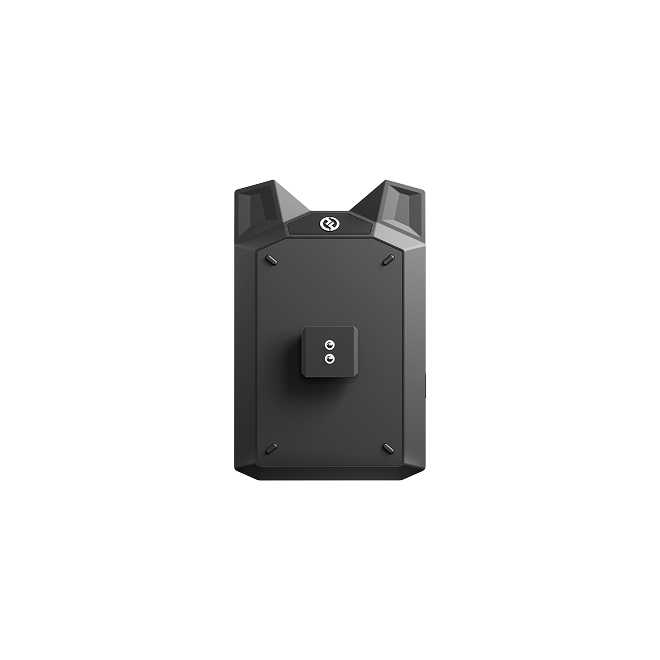

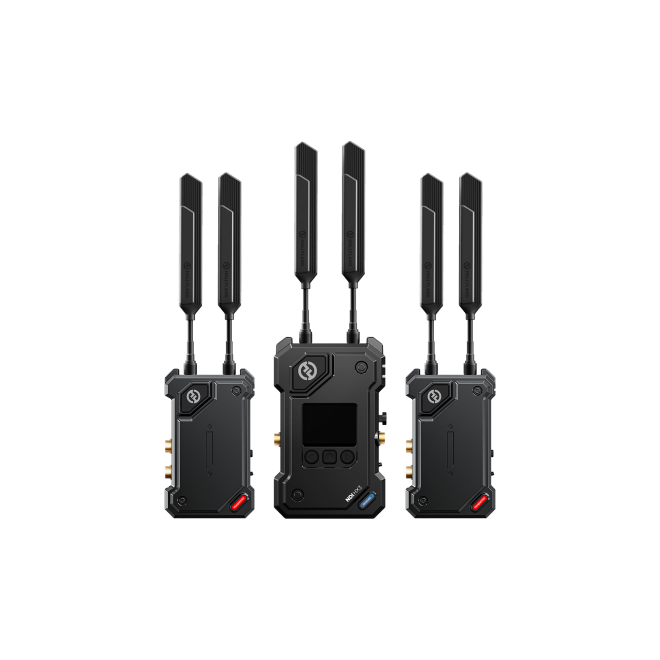
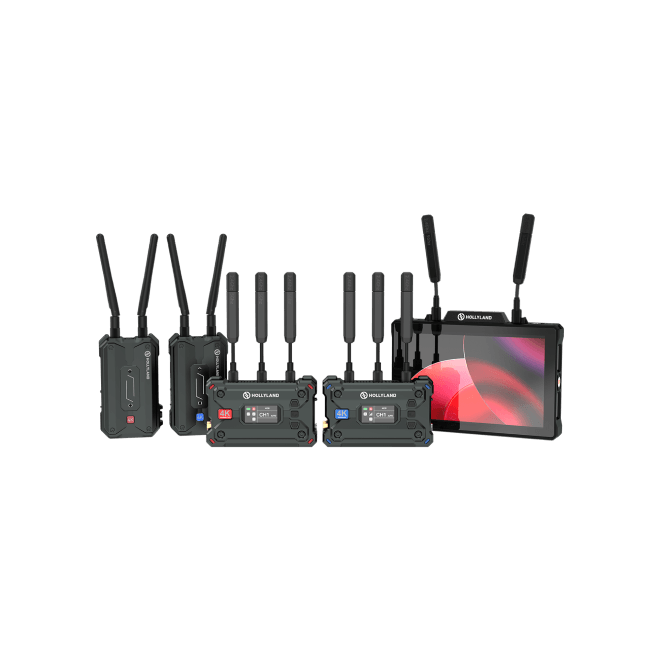
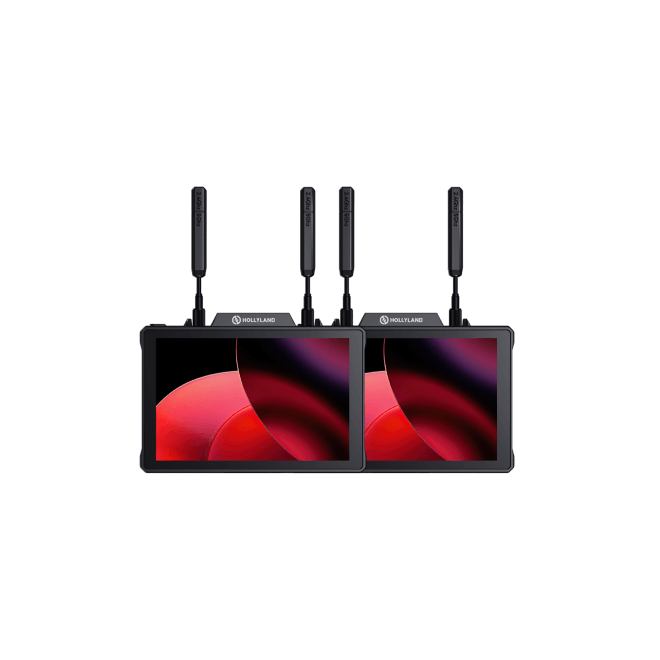
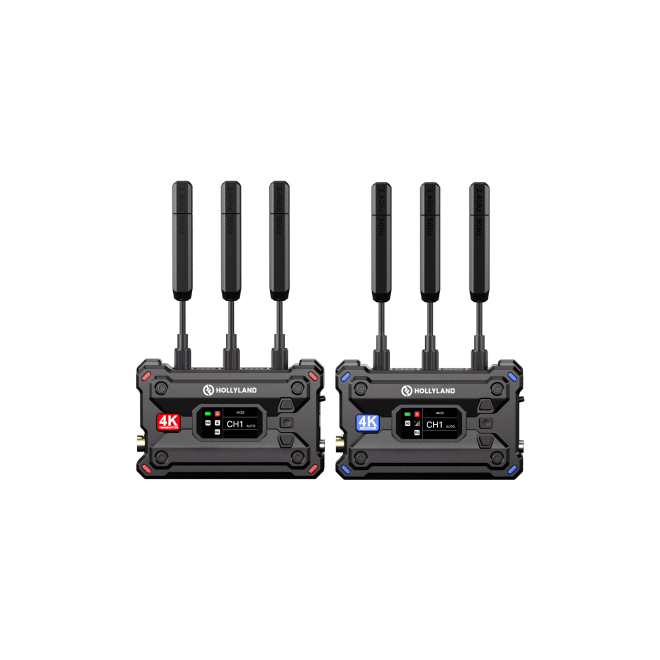
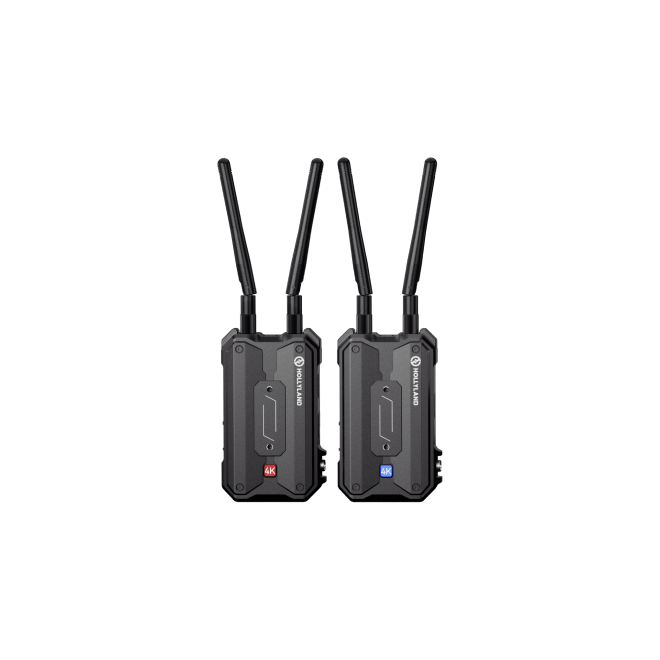
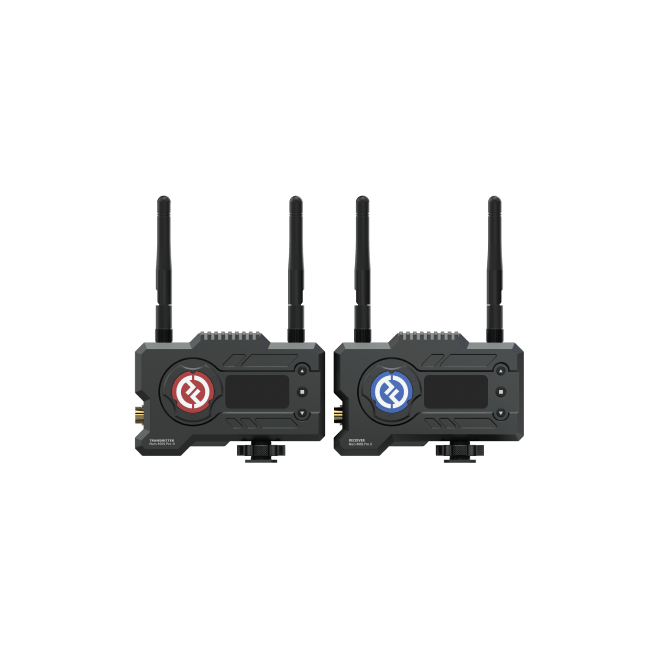
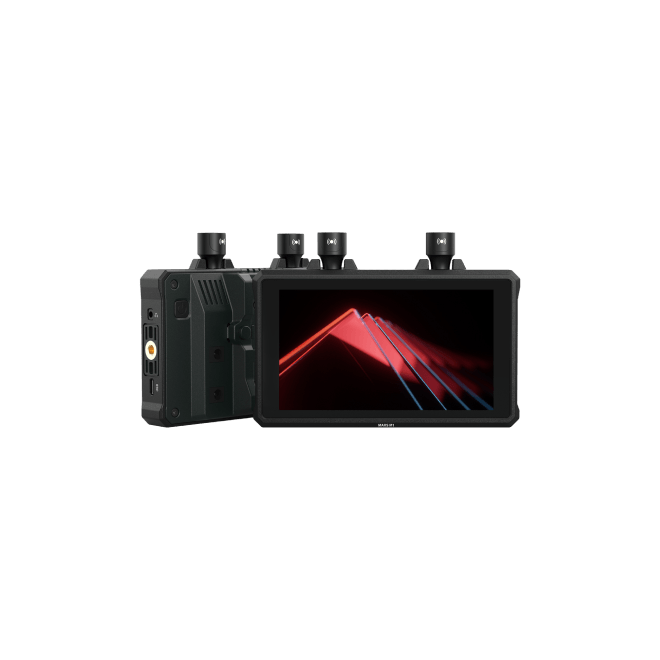
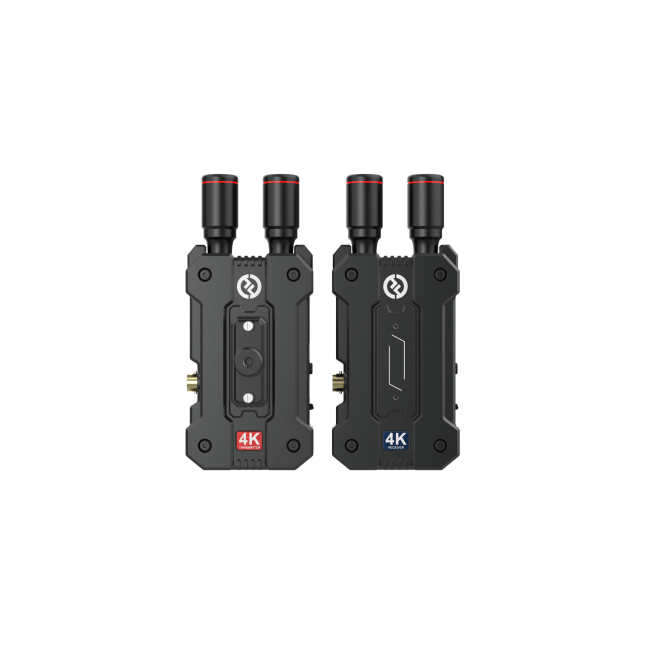
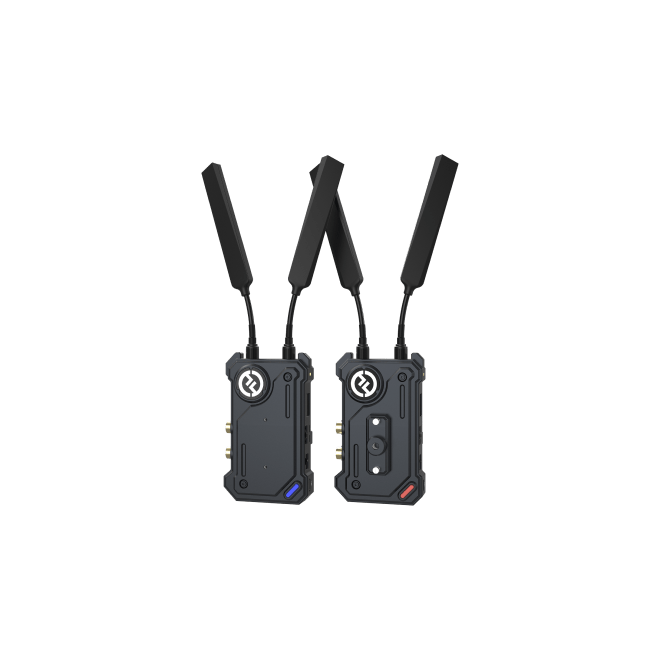
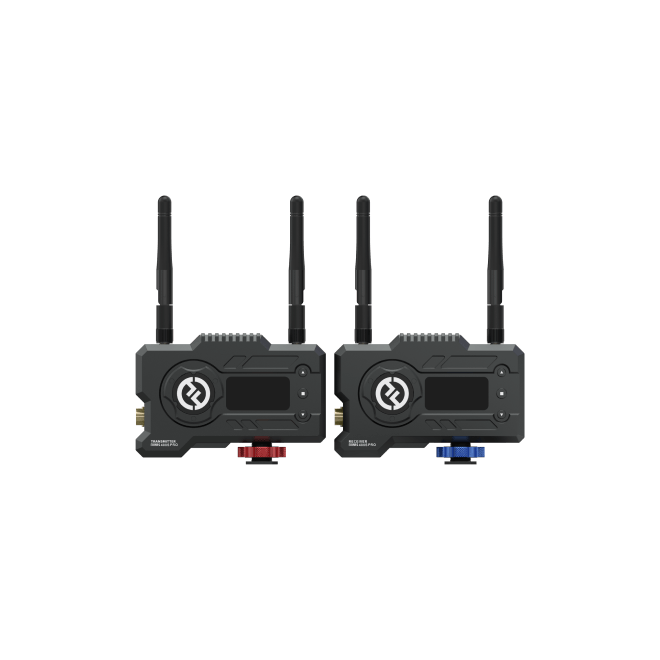
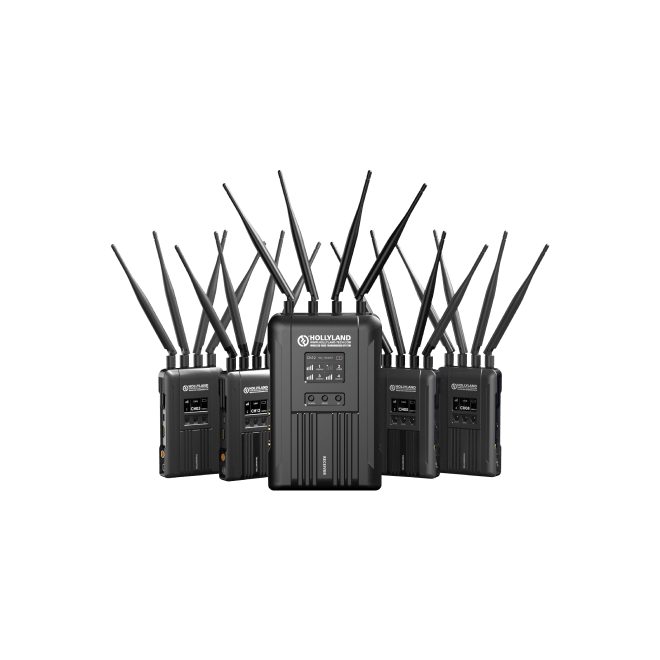
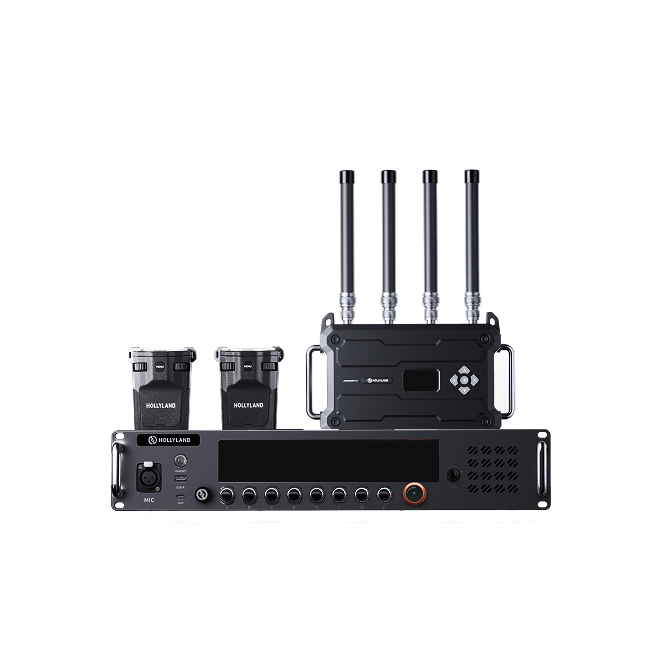

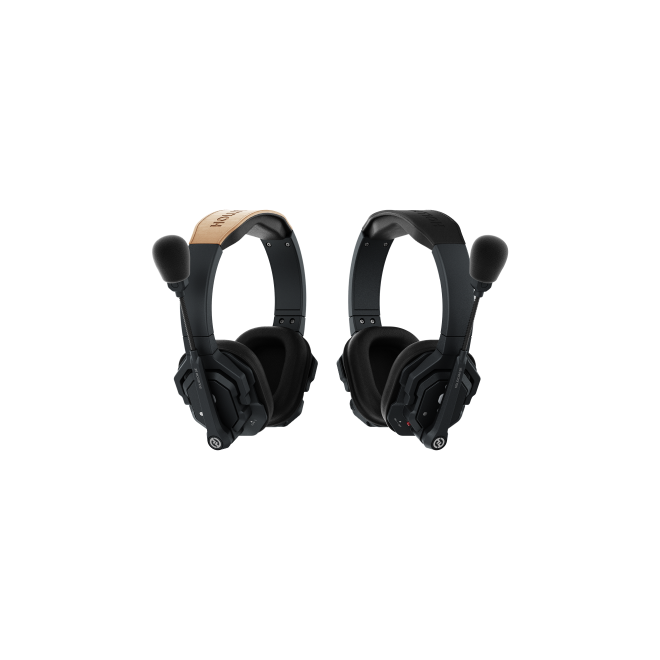

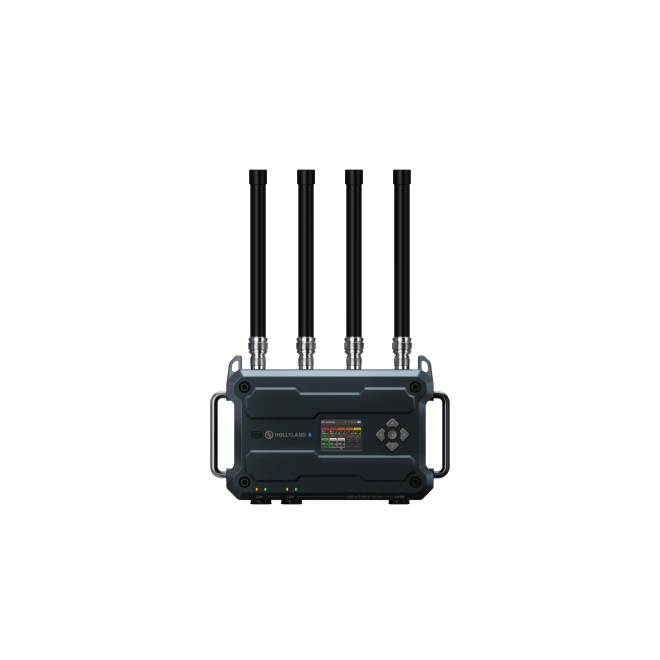
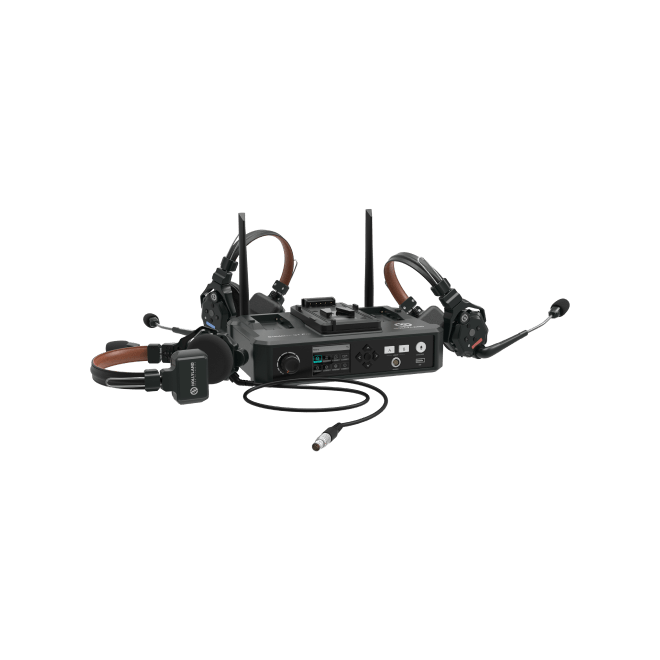
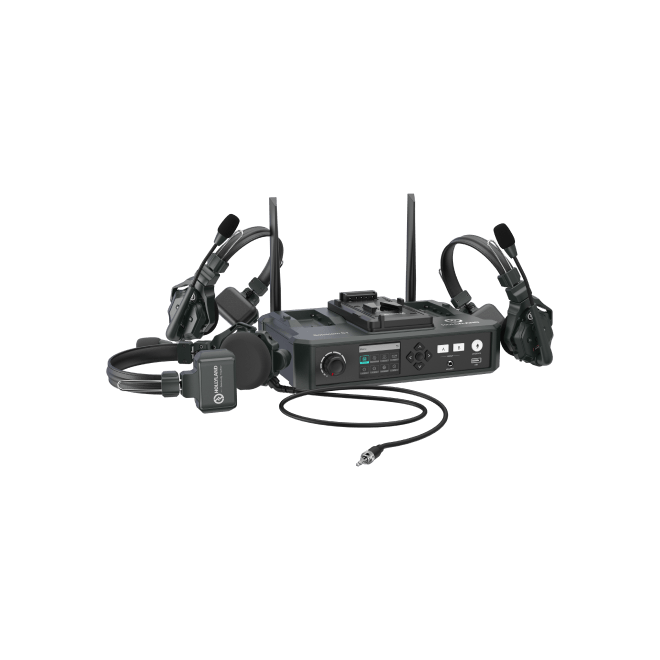
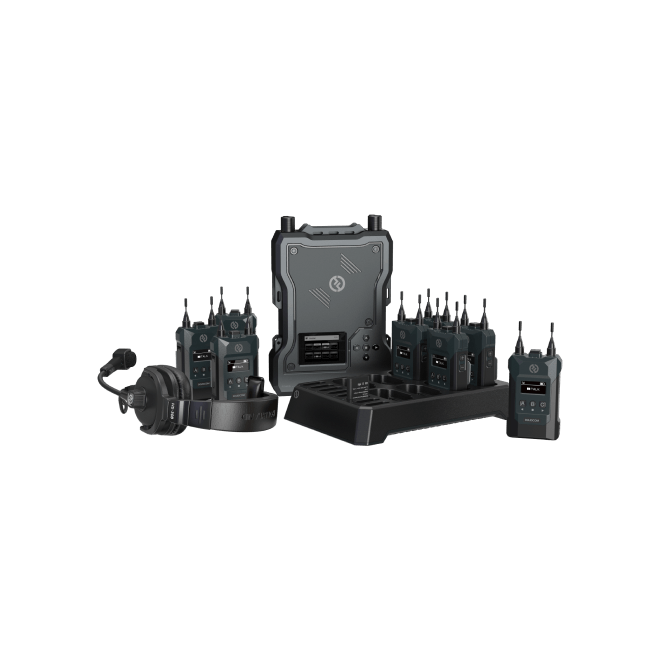
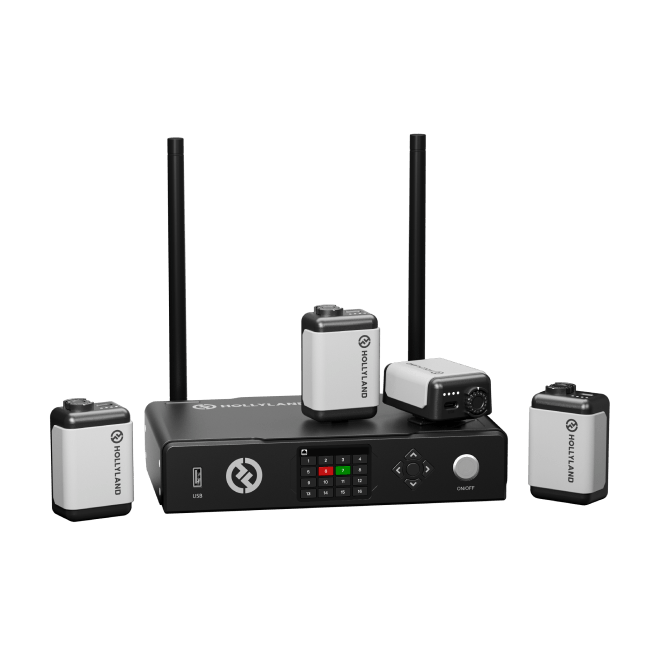
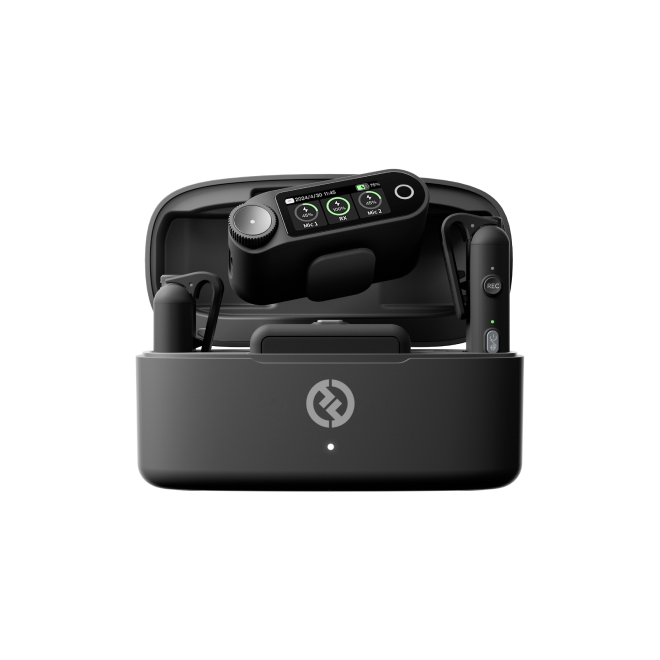
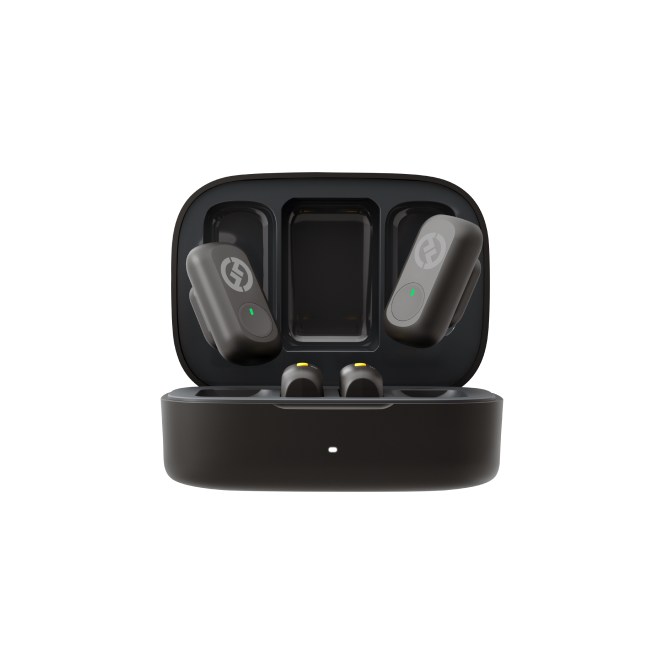

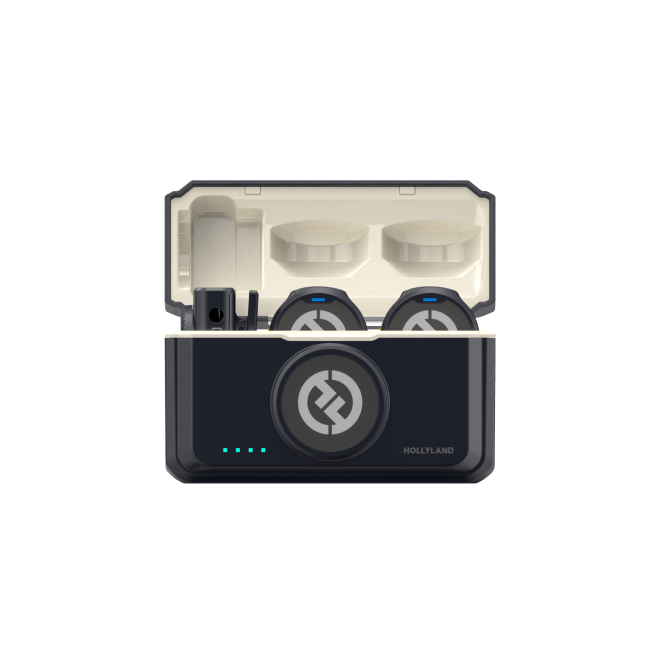
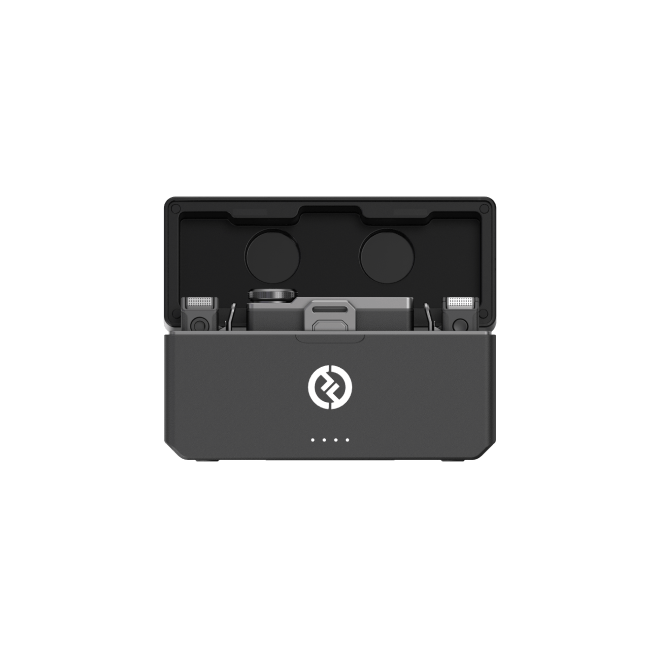
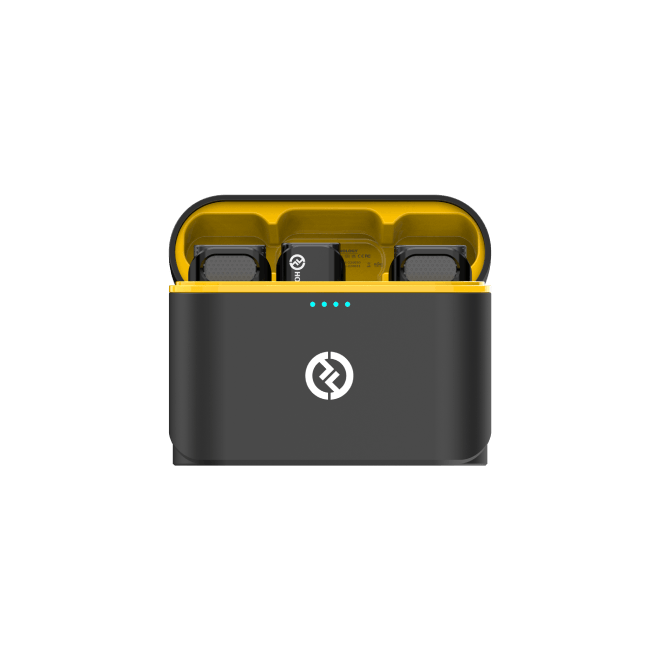
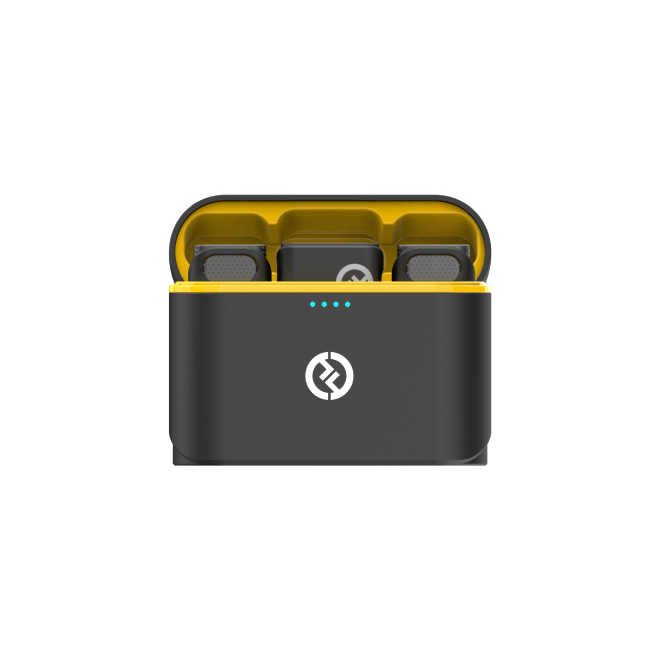
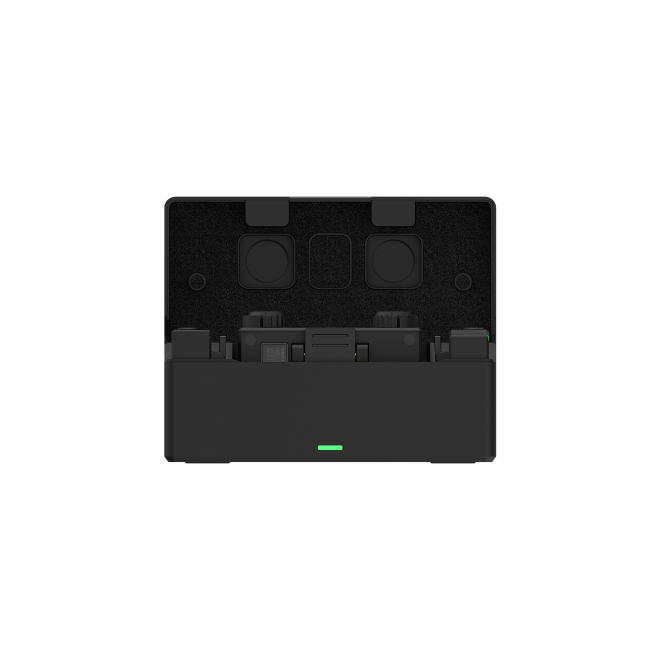
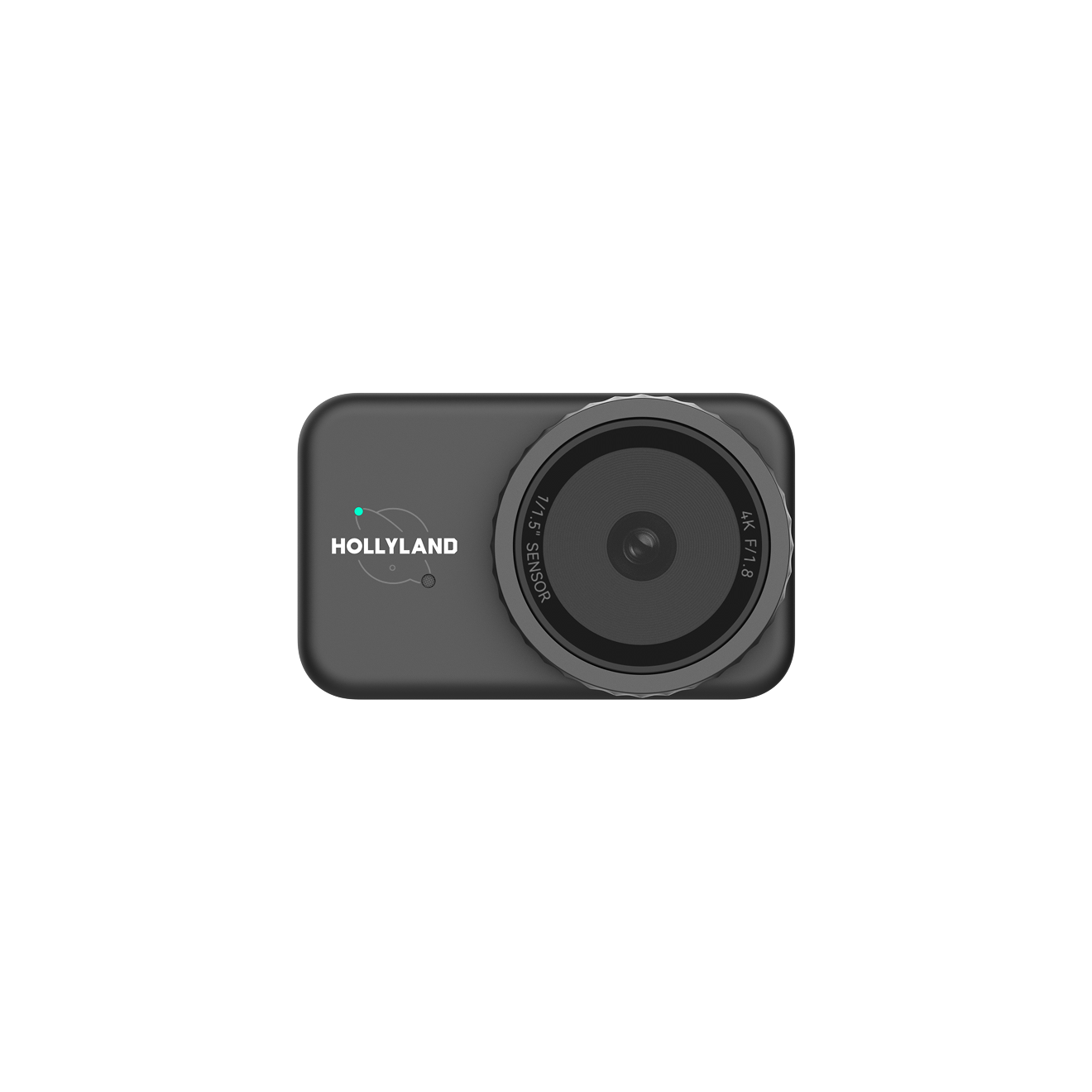

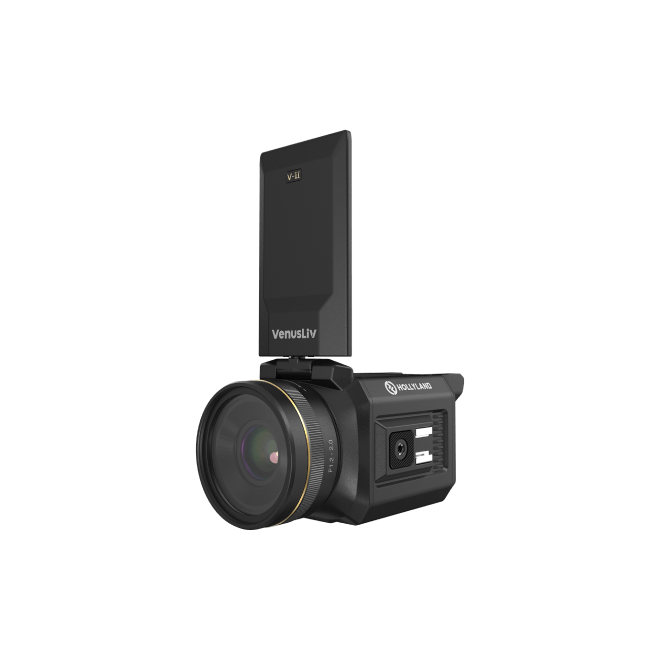
.png)


